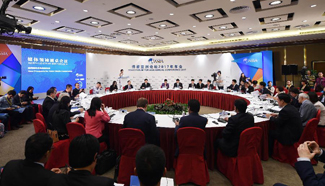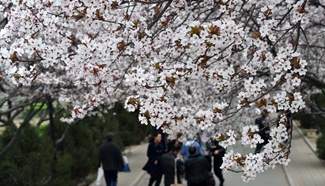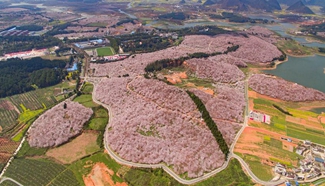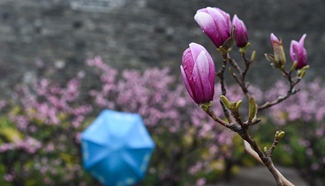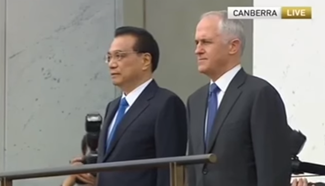SAN FRANCISCO, March 23 (Xinhua) -- Researchers have refined a satellite imaging technique to better isolate the signal from plants alone, namely fluorescence.
Using the sunlight reflected off plants, satellite have collected agricultural data since 1972 and proven valuable for managing crops or detecting deforestation. However, current methods are often contaminated by light reflected by other things like clouds, soil and snow.
A 2011 breakthrough allowed researchers to detect fluorescence, the light emitted by the plants themselves.
Now, researchers at Stanford University and the Carnegie Institution for Science have developed a new approach that builds off the fluorescence approach by measuring only the fraction of light reflected by plants, screening out "background noise."
"The causal chain from the plants to the photons to the images is clear," said Chris Field, the Melvin and Joan Lane Professor for Interdisciplinary Environmental Studies at Stanford University and co-author of a paper published Wednesday in Science Advances. "This new index is clearly powerful, but also simple and elegant."
The new approach avoids previous shortcomings and provides a relatively affordable way to collect data, as it doesn't require launching new satellites with expanded capabilities. It makes better use of existing data, according to lead author Grayson Badgley, a graduate student in Stanford's School of Earth, Energy & Environmental Sciences. "With the satellites we've had since 1978, you can more directly infer how healthy plants are and how well they're growing," Badgley was quoted as saying in a news release.
That, in turn, is expected to make more accurate and timely measurements of crop yields, plant health, drought, forest clearing and a range of other issues.

